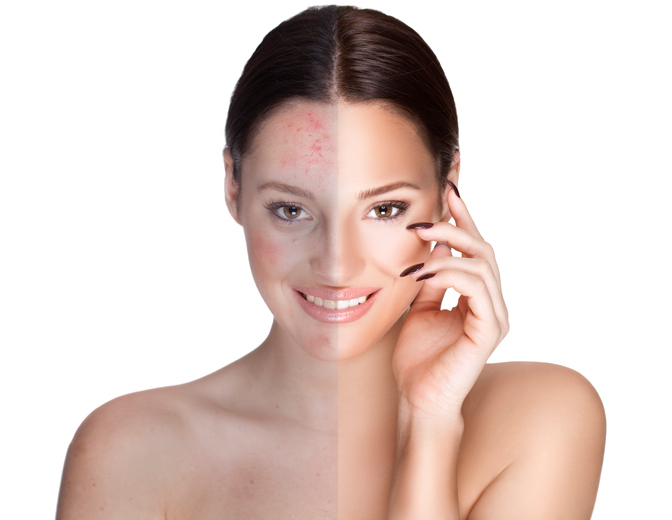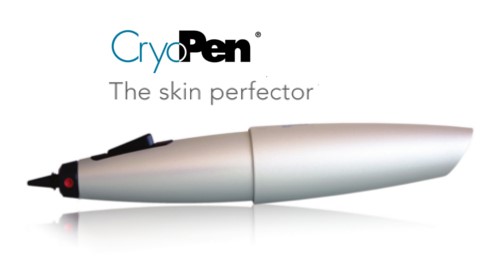
WHAT IS VBEAM PERFECTA™ LASER?
Vbeam Perfecta™ Laser is a Pulsed Dye Laser with a variety of applications. It is the Gold Standard Laser for Vascular Lesions such as:
– Hemangiomas
– Port Wine Stains
– Rosacea
– Post-Acne Erythema (Post-Acne Red Marks/Spots)
– Poikiloderma of Civatte
– Facial/Spider Veins.
ASIDE FROM VASCULAR LESIONS, WHAT ARE ITS OTHER USES?
Vbeam Perfecta™ Laser is also used for:
– Melasma
– Inflamed Acne
– Red/Brown Stretchmarks
– Keloids/ Hypertrophic Scars
– Bruises/ Ecchymoses
– Warts
– Psoriasis
WHAT IS THE VBEAM PERFECTA™ TREATMENT LIKE?
Most patients are reclining or lying down, depending on the area being treated. The laser will be calibrated and parameters set based on the specific condition being treated. Patients often report a warming or tingling sensation during the treatment, although anesthetics are usually not required.
ARE THE TREATMENTS PAINFUL?
Most patients report a sensation similar to mild sunburn after the treatment. During the treatment, skin receives additional protection through the patented Dynamic Cooling Device™ (DCD™), which delivers a cooling burst of cryogen before the laser pulse is delivered. The DCD increases comfort during treatment and minimizes side effects such as redness.
IS THE TREATMENT SAFE?
Yes, Vbeam Laser treatments have been used since the 1980s for the treatment of port wine stains in infants and young children. Some patients experience redness immediately after treatment, but it usually goes away in a few hours. Occasionally a laser bruise called purpura may occur; this usually disappears in 3-5 days.
HOW MANY TREATMENTS ARE REQUIRED?
This depends on the size, location and depth of your lesion. Spider veins and age spots generally do well with 1 or 2 treatments, while darker/ deeper hemangiomas may require additional treatments. Treatments should be placed at least 4 weeks apart to allow your body to remove the maximum amount of pigment cells.
WHAT PRECAUTIONS SHOULD I TAKE BEFORE AND AFTER TREATMENT?
Avoid sun exposure before and throughout treatments; SPF 50 or higher sunblock should be worn daily during this time. Post-treatment care varies depending on condition and should be discussed with your dermatologist.
Want to know more about Vbeam Perfecta™ Laser? Ask our Board-Certified and Internationally-Trained Dermatologist about it.
Please call 8088140, 8869148 or 0917-9579335 to schedule your consultation/treatment.

